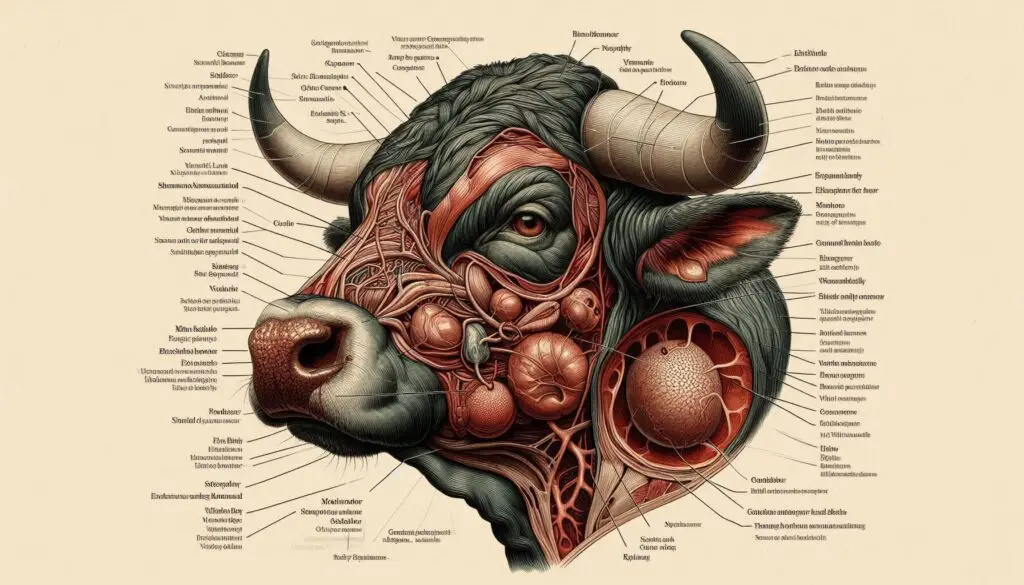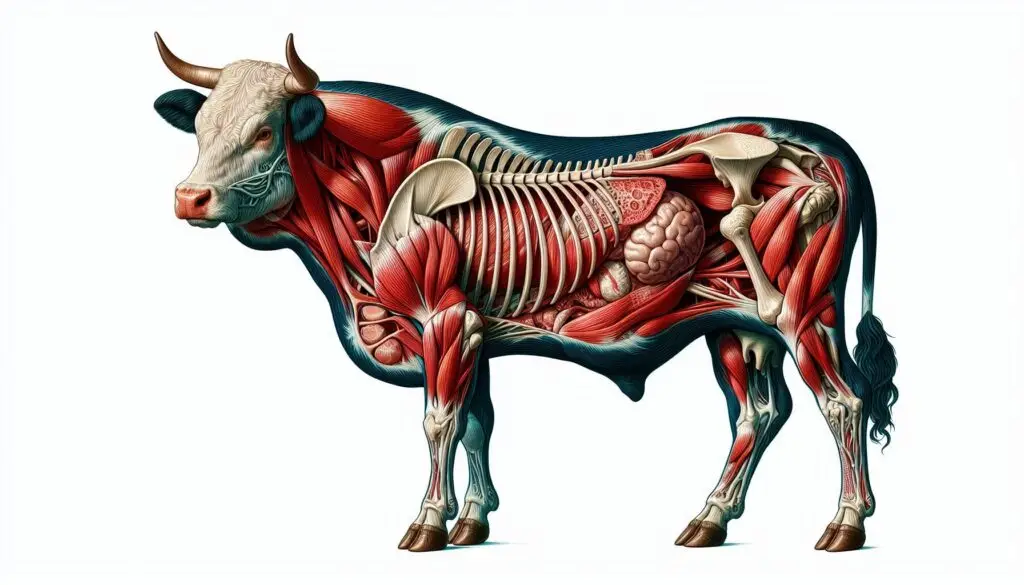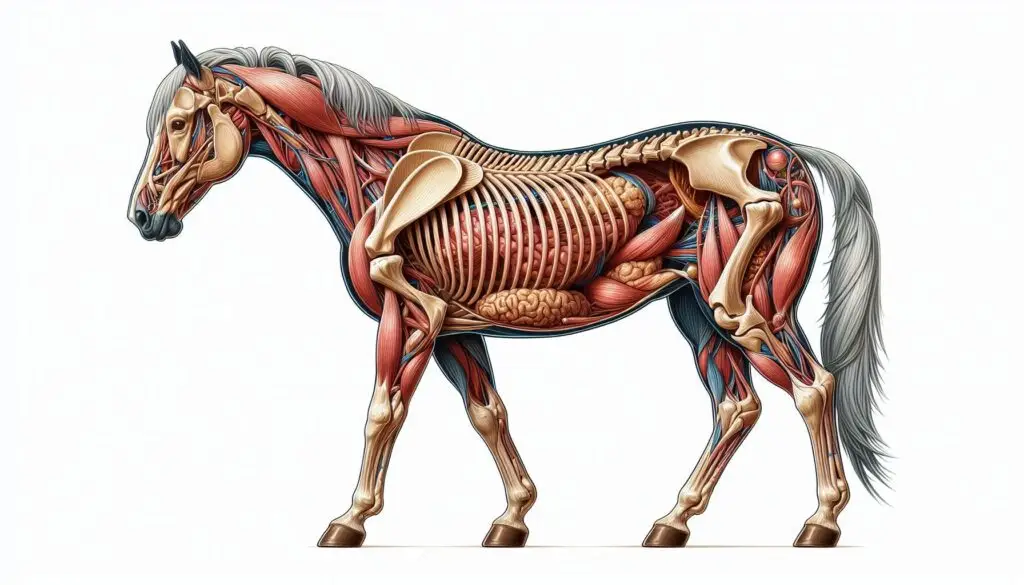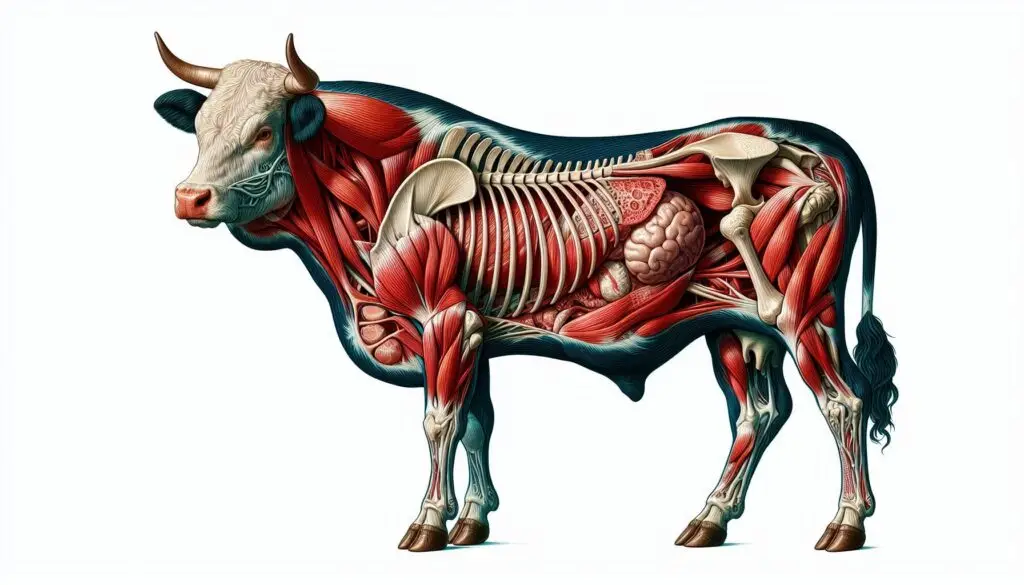Transporting Bull Semen

Transporting diluted bull semen is a vital process in artificial insemination (AI). This guide will walk you through the entire process, from collection to storage. We will cover best practices and essential tips to ensure the viability of sperm during transit.
Introduction
Artificial insemination has transformed livestock breeding. It allows for genetic improvement and disease control. However, the success of AI relies heavily on the quality of the semen used. Proper transport methods are crucial for maintaining sperm viability. This article discusses how to effectively transport diluted bull semen while ensuring its quality.
Importance of Proper Semen Transport
Transporting bull semen involves several critical steps. Each step plays a significant role in maintaining sperm quality. According to the American Association of Bovine Practitioners, improper handling can lead to decreased fertility rates. Therefore, understanding the transport process is essential for anyone involved in AI.
Collection of Bull Semen
Methods of Collection
Collecting bull semen requires skill and care. The two most common methods are:
Artificial Vagina (AV)
This method mimics natural mating conditions. The bull mounts a dummy or a teaser animal, and the AV collects the semen.
Electroejaculation
This method uses electrical stimulation to induce ejaculation. It is often used when bulls are difficult to collect using an AV.
Semen Quality Assessment
After collection, it is vital to assess the quality of the semen. Key factors include:
- Volume: Measure the total volume collected.
- Sperm Concentration: Use a hemocytometer or an electronic sperm counter.
- Motility: Evaluate the percentage of motile sperm using a microscope.
For more detailed information on semen quality assessment, refer to Penn State Extension.
Dilution Process
Choosing an Extender
Diluting semen is crucial for preserving sperm during transport. The most common extender used is Tris-egg yolk (TEY). This extender provides nutrients and helps protect sperm from cold shock.
Dilution Ratio
A common dilution ratio is 1 part semen to 3 parts extender. This results in a final concentration of approximately 120 million sperm per mL. Adjustments may be necessary based on initial sperm concentration.
Cooling the Semen
After dilution, it is important to cool the semen gradually. Rapid cooling can damage sperm cells. Follow these steps:
- Place the diluted semen in a refrigerator at 5°C.
- Allow it to cool slowly over two hours.
This gradual cooling helps maintain sperm viability during transport.
Packaging for Transport
Selecting the Right Container
Using an appropriate shipping container is essential for maintaining temperature during transit. An Impact Shipper is commonly used for this purpose. It provides insulation and helps keep the temperature stable.
Preparing the Semen for Shipping
- Sealing: Ensure that each sample tube is tightly sealed to prevent leakage.
- Labeling: Clearly label each tube with essential information, including:
- Bull identification
- Date of collection
- Concentration
Using Cooling Packs
Place cooling packs around the semen containers inside the Impact Shipper. These packs help maintain a temperature close to 5°C during transport.
Transport Duration and Conditions
Optimal Transport Time
Diluted bull semen can be transported for up to 48 hours without significant loss of motility or fertility potential. However, it is best to minimize transit time whenever possible.
Monitoring Temperature During Transit
Maintaining a consistent temperature is crucial during transport. Use temperature monitoring devices if available, especially for longer shipments.
For more insights on temperature management during transportation, check out The National Animal Disease Information Service.
Storage Conditions After Transport
Short-term Storage
Once at its destination, diluted semen should be stored at 5°C if it will be used within 48 hours. This helps preserve sperm motility and overall quality.
Long-term Storage Options
For longer preservation, consider cryopreservation using liquid nitrogen at -196°C. This method allows for indefinite storage without compromising fertility rates.
Cryopreservation Process
- Freeze diluted semen in straws or vials.
- Store in liquid nitrogen tanks.
- Monitor nitrogen levels regularly to ensure consistent storage conditions.
For detailed protocols on cryopreservation, refer to The University of Florida’s Institute of Food and Agricultural Sciences.
Challenges in Transporting Bull Semen
Temperature Fluctuations
Temperature fluctuations can severely impact sperm viability during transport. It’s essential to use insulated containers and monitor temperatures closely.
Handling Practices
Improper handling can lead to physical damage to sperm cells. Always handle samples gently and avoid shaking or jostling them during transport.
Regulatory Considerations
Be aware of any regulatory requirements regarding the transportation of animal genetics in your region. Compliance with these regulations ensures safe and legal transport.
For further information on regulations, visit The Animal and Plant Health Agency.
Conclusion
Transporting diluted bull semen is a meticulous process that requires attention to detail at every step—from collection through storage after arrival. By following best practices and utilizing proper techniques, you can ensure high-quality semen reaches its destination effectively.
More from Animal Reproduction:
https://wiseias.com/advantages-of-artificial-insemination-farm-animals/
https://wiseias.com/enhancing-conception-rates-cows-artificial-insemination/






Responses